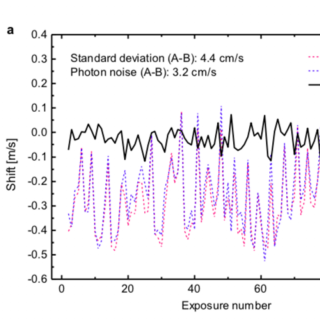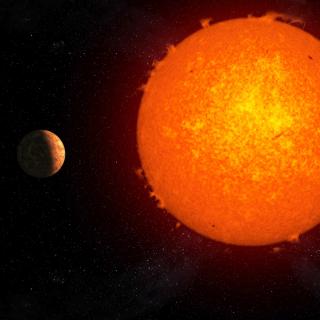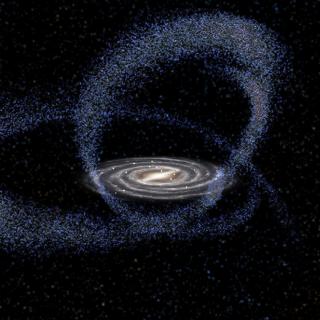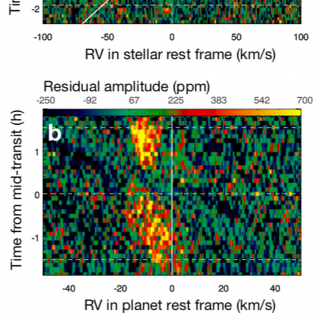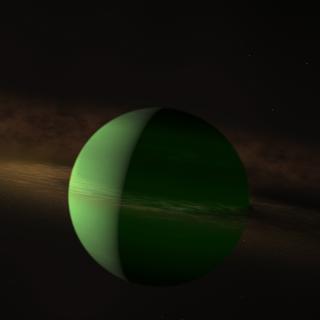
An international team of scientists, with the participation of the Instituto de Astrofísica de Canarias (IAC), has discovered a planet of the size of Neptune orbiting in rather more than a week around AU Microscopii, a young star a little over of 30 light years away, and surrounded by a disc of debris left over from its formation. The data were obtained with NASA’s Transiting Exoplanet Survey Satellite (TESS) and the Spitzer Space Telescope (now retired from service). The Discovery is published today in Nature magazine. The finding in this system, abbreviated as AU Mic, will be a unique
Advertised on
